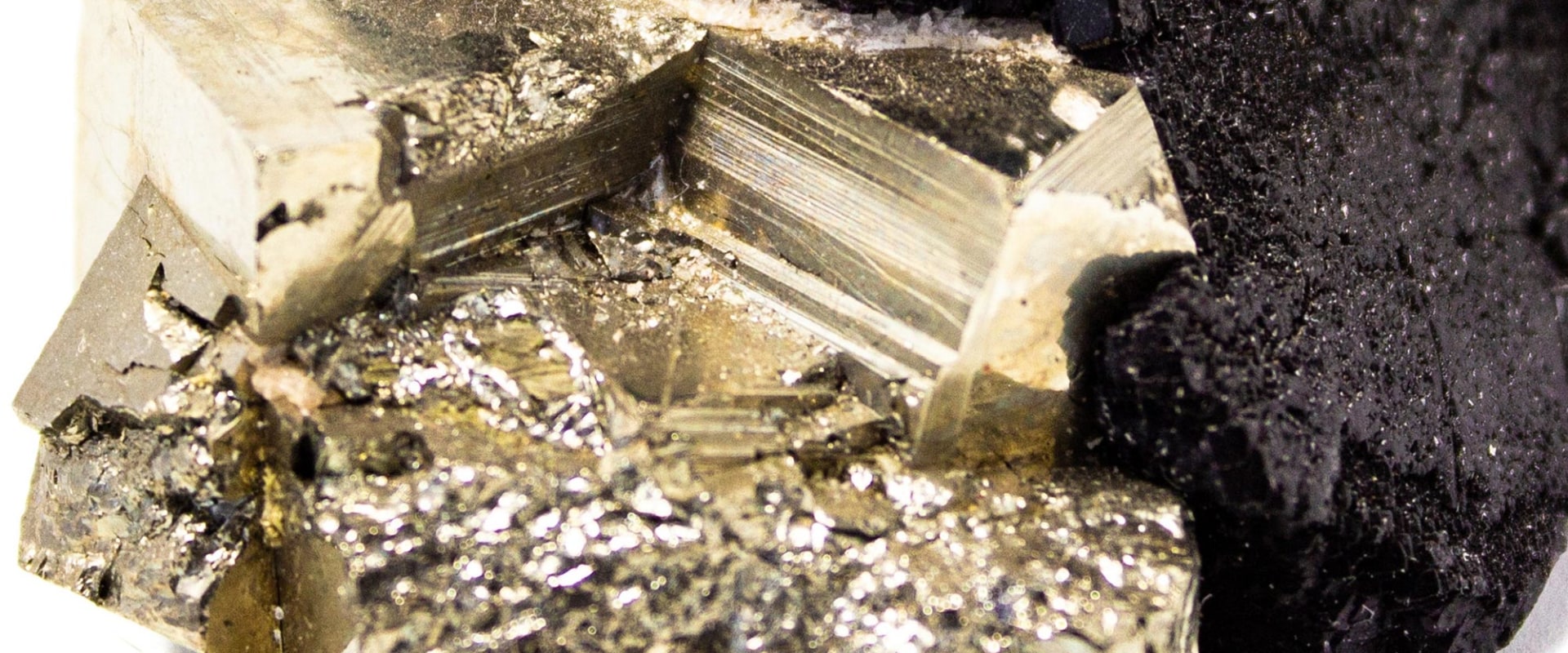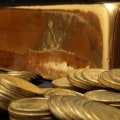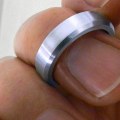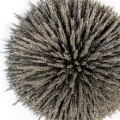Precious metals are rare and natural metallic chemical elements of high economic value. The four main precious metals are gold, silver, platinum and palladium. Depending on the application, there are common alloying elements that can be mixed with major precious metals to improve the properties of the final product. There are other items of interest that are also used in jewelry or accessories made of non-precious metals.
Locked inside the old products that we accumulate in dusty corners are valuable metals and minerals. These are the same much-needed natural resources with which our modern world works. Collectively, our homes and backyards are an “urban mine” filled with these essential materials that are waiting to be excavated. Gold, silver and platinum receive all the attention as the most precious metals in the world.
But they are more valuable to the global economy than to human health. On the other hand, other metals and minerals (metals are a type of mineral) are more important to our health (see What essential metals do for us). In fact, some of them are so important that we can't live without them. Each plays a role in hundreds of bodily functions.
Only a very small amount of a particular mineral may be needed, but having too much or too little can alter a delicate balance in the body, says Dr. Bruce Bistrian, Head of Clinical Nutrition at Beth Israel Deaconess Medical Center. Base metals include commonly used metals, such as copper, zinc, nickel, tin, and lead. These are the types of metals that are used in everyday life in the home, such as electrical wiring, plumbing, etc.
They are relatively abundant and worth much less than precious metals. Historically, they have been valued for their beauty and rarity, and are commonly referred to as precious metals. The discovery of new sources of ore or improvements in mining or refining processes can cause the value of a precious metal to decline. The key, however, is to get people to dispose of their old devices so that these metals can be extracted, recycled and reused.
While aluminum is the third most abundant element and the most abundant metal in the Earth's crust, it was initially discovered that it was extremely difficult to extract metal from its various non-metallic minerals. Chemists have retained the noble term to indicate the resistance of these metals to corrosion and their natural reluctance to combine with other elements. Hydrothermal silver veins form the same way as gold veins, and the two metals are commonly found together. A metal that is currently in high demand is cobalt, a crucial component of lithium-ion batteries for smartphones and electric cars.
Precious metal weights are given in Troy ounces (named after Troyes, France, known for its fairs during the Middle Ages), a unit approximately 10% larger than 1 oz (28.35 g). Sometimes the part may contain non-precious metals such as nickel, or even some toxic metals such as lead. The large expense of refining the metal made the small amount of pure aluminum available more valuable than gold. Gold resists corrosion from air and most chemicals, but it can be dissolved in a mixture of nitric and hydrochloric acids, a solution called aqua regia because it dissolves the king of metals.
Gold is most commonly presented as a pure metal called native gold, or as a natural alloy with silver called electrum. Research examining discarded televisions in China also showed that large quantities of gold and copper could be obtained at a lower cost than removing metal from the ground. .




